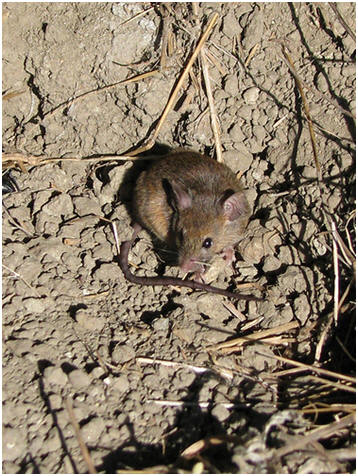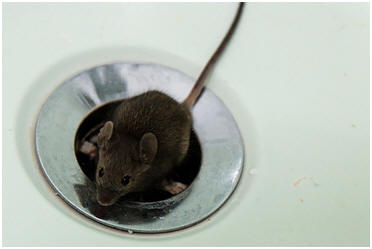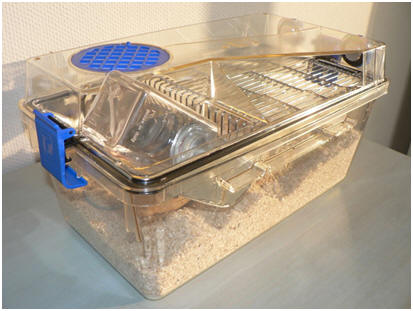"...And All Through the House Not a Creature Was Stirring Not Even a Mouse." Wait, a Mouse in the House?!

Although the species Mus musculus is found on every
content in the world, except for Antarctica, it is actually not
native to most parts of the world and had to be introduced from
other areas. As far as the U.S. goes, this species is
thought to have been brought in around the time of the American
Revolution from Europe.
As the common name suggests,

How can you tell if you share your home with Mus musculus?
This species is nocturnal and is often not seen during the day,
but there are a couple of key things to look for. Because
of their continuously growing incisors, they often leave holes
in the walls and other surfaces where they have been gnawing to
keep their teeth short. Also, one can often spot black,
elongated droppings in cupboards, draws, and other surfaces of
the home. They often make their nests in shoes, furniture,
or debris and other soft surfaces. Urine is used to mark
their territory and to inhibit aggression from other species, so
often the mouse can be smelt before it is actually seen.
Mice also can be heard making various calling and
squeaking noises.

Because of their
ability to reproduce rapidly (we will talk more about this in a
bit) and ability to survive with very little water, Mus musculus is often
used in laboratory experiments when testing for anything from
genetic disease, to drug effects, to making antibodies used for
clinical settings. For this reason, this species, as well
as other rodent species, are often found living in cages.